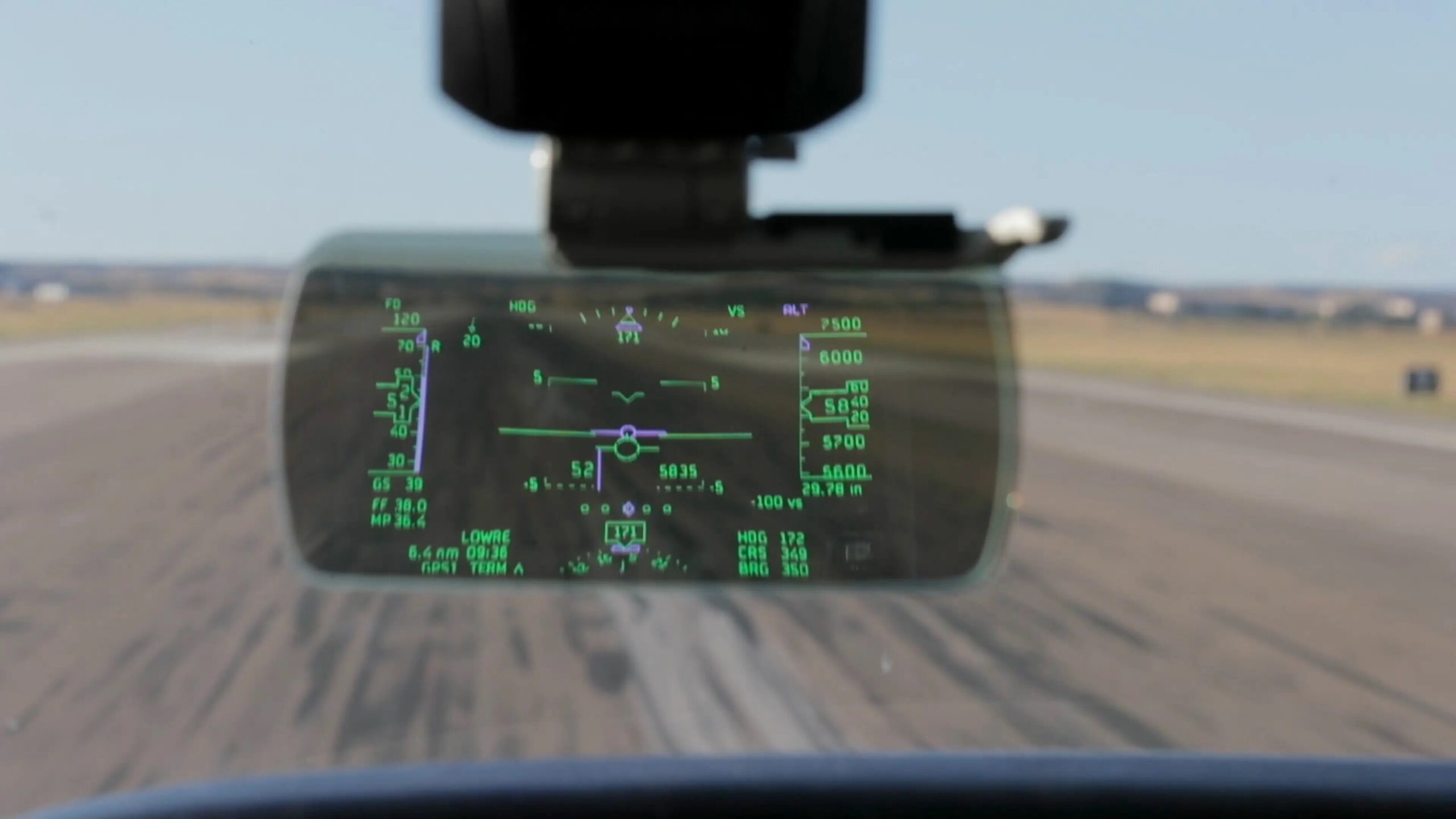NordicDave
En-Route
WOW, and it only costs $29,500 usd. 
https://www.avweb.com/air-shows-events/aea/skydisplay-hud-earns-stc-approval/

https://www.avweb.com/air-shows-events/aea/skydisplay-hud-earns-stc-approval/


That airline cosplay keeps getting more expensive lol.
It's amazing how much you can save when you don't have to worry about HMIKwik EFIS and a combiner and I just saved you $29,500
No argument with the difficulty of an instrument scan with that...thing...but it's different with a good one, especially for approaches. They don't replace a normal complement of conventional instruments for IMC anyway. WRT VMC, the idea of a HUD in VMC is that you *are* looking outside and don't have to break that to make a brief scan. Nobody who knows what they're doing is *staring* at it at the expense of a VMC scan outside...but that doesn't rule out the GA contingent, I suppose.This seems like a terrible idea. If you’re in IMC you should be doing your full instrument scan, which appears harder with this thing. If you’re in VMC you should be looking outside, not staring at the HUD.
What mobile device is running that?
Saweet! And since I can download shows off Netflix, this is a game-changer for long XCs!
Tech innovation is welcome. Expensive devices become affordable gadgets one day. How much did aviation weather in the cockpit cost 20 years ago? Now we all have it.
But gotta ask: why would you need an artificial horizon during VMC, when by definition you have a real horizon visible in the windscreen? I suppose it would make the transition to instruments faster if you were flying along VFR and inadvertantly entered IMC.
It needs separate view configurations for VFR and IFR. For VFR, useful info would be airspeed, altitude, AoA, heading bug with course line, and traffic pointer. Big numbers for airspeed and alt, not a tape.
IFR not my department, but not sure why you would want your head up when the windscreen is solid white. Maybe data to help you make go-around decisions on approaches?

That’s the same question I used to ask when flying HUD with NVGs. I’m flying VFR and can see the horizon. I don’t need to see symbology blocking (refocus) critical things like trees, wires, other aircraft in formation, etc. Never thought it was very useful. Could tell my ground speed and altitude within a whisker without even looking at instrumentation.
I must be missing something. What about this makes a full scan harder? Assuming this is certified for primary use (Unclear from what I've seen)This seems like a terrible idea. If you’re in IMC you should be doing your full instrument scan, which appears harder with this thing. If you’re in VMC you should be looking outside, not staring at the HUD. At some point more electronics stops making flying safer, and just increases stress and distraction.
hey! don't be selling your cheese tray and stale sandwich!For an extra five grand they'll throw in a crappy crew meal, a bitchy lead flight attendant, and a reassignment into your day off!
Cool display. Is that integrated into your googles? What does the symbology do when you lean your head?
I've ridden along in the jumpseat wearing NVG's on a couple of hairy night flights. One that sticks in my memory was a low level aerial refuel in an MH-53 off an HC-130. Another was an MH-47E in white out conditions at about 12K in Colorado. Both times I had to take my NODs off and go sit down in the back. It was better not knowing.
Don’t know about the 53 guys but the 47 flight you were on, they were most likely using HUD.
Could be, dunno. I'm an old fart so all my war stories are old too. The 47 ride would have been in 1996. We were exfiling a 10th Group ODA from a winter exercise. They were on a PZ at about 11,000 feet, in a small clearing surrounded by tall evergreens loaded with heavy snow. When we descended below the treetops, instant whiteout. At night. On goggles. They just kept descending in the blind til we landed. I'm always impressed by TF160 crews but that one stuck with me.


